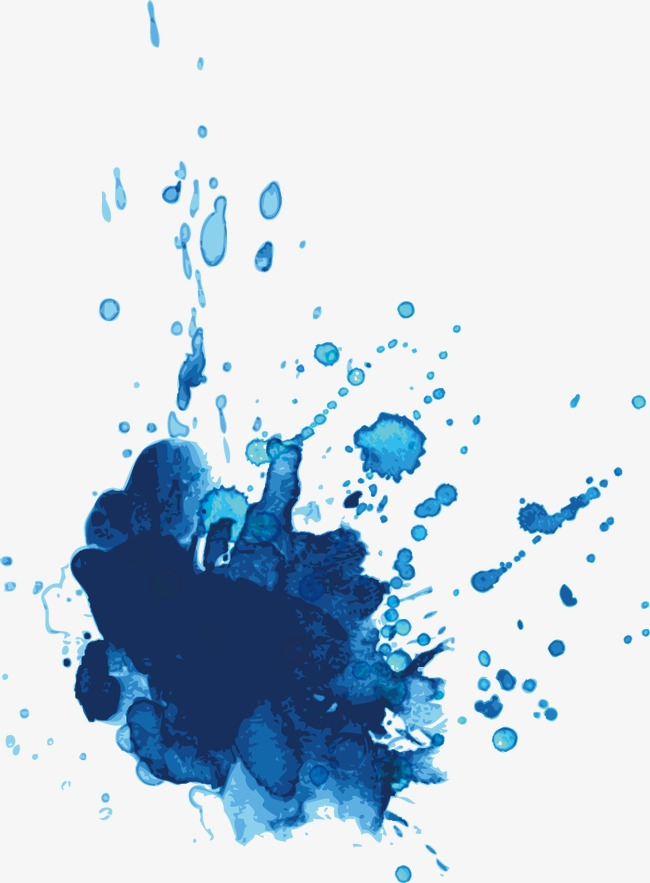Invisible Ink
Invisible ink refers to writing that is not visible under normal conditions but becomes apparent after physical or chemical treatment. Using good invisible ink involves several important steps and considerations:
How to Use Invisible Ink
- Paper Selection: Write on non-glossy paper of moderate quality and sufficient thickness. The paper should be slightly grayish rather than perfectly white. If the paper is too thin, the ink will spread too much. You can write on a blank sheet or between the lines of an existing text (like a letter or book).
- Writing Tools: Use a sharpened matchstick, toothpick, thin marker rod, or a fountain pen. The main thing is that the tip should not scratch the paper.
- Smoothing the Paper: Before and after writing, carefully smooth the sheet on both sides in different directions with a piece of soft cloth to hide any traces of the secret writing on the paper’s surface.
- Steaming and Drying: Treat the sheet with steam, then press it between the pages of a thick book and dry it thoroughly. If the writing is invisible, everything is as it should be.
- Masking: Write a regular letter or some harmless text (like a poem) on the same sheet.
To protect against amateur attempts to reveal the secret writing by random methods, you can use tricks like nitrating the paper (so it ignites if overheated) or writing with a light pen (LED) on highly sensitive photo paper (the writing appears when exposed to daylight).
How to Reveal Invisible Ink
To reveal the secret writing, use the appropriate reagent and method. The developer is applied by touching or wiping with a sponge (or swab), spraying from an atomizer, or any other suitable method. For temperature-based inks, use an iron or heat near an electric lamp.
Substances for Invisible Ink and How to Reveal Them
Many everyday substances can be used as invisible ink, including medicines, household chemicals, and even bodily fluids. Below is a list of possible substances and how to reveal them. Concentrations should be determined experimentally.
- Beer and white wine: Slightly moisten the sheet with your breath and sprinkle with ash from burnt paper.
- Sugar water and commercial apple juice: Same as above.
- Onion and rutabaga juice: Heat.
- Pyramidon (in alcohol solution): Heat.
- Astringent mouth and throat disinfectants: Heat.
- Aspirin (in water solution): Wipe with a solution of iron sulfate (available at garden stores).
- Phenolphthalein (laxative, make an alcohol solution): Wipe with an alkaline solution (liquid glass, ammonia, caustic soda, slaked lime).
- Alum: Heat.
- Diluted battery electrolyte (10–15% sulfuric acid): Heat.
- Wax (write with the pointed end of a candle): Sprinkle and shake off tooth powder or chalk.
- Laundry detergent solution: Illuminate with ultraviolet light (currency detector, germicidal lamp).
- Saliva: Very diluted ink.
- Urine: Heat.
- Milk: Heat.
Water Pressure Method
A very convenient method for secret writing is the “water pressure” technique. Moisten a sheet of unlined paper with water and place it on a mirror. Place another dry sheet on top and write the desired text with a hard pencil or an empty ballpoint pen. While the paper is wet, the text will be visible, but once it dries, it disappears. After the sheet is dry, write a regular letter on it with ordinary ink. To reveal the hidden message, simply dip the sheet in water and remove it immediately—the secret writing will appear.



